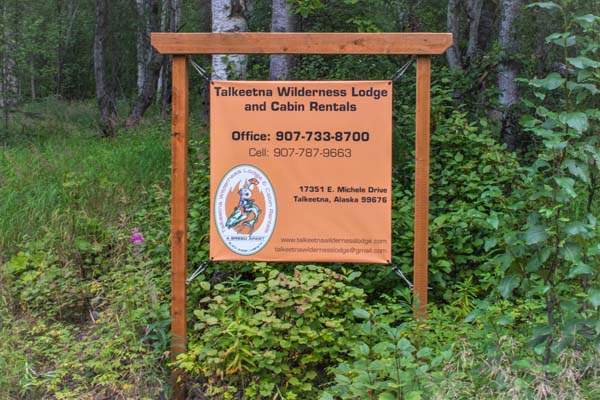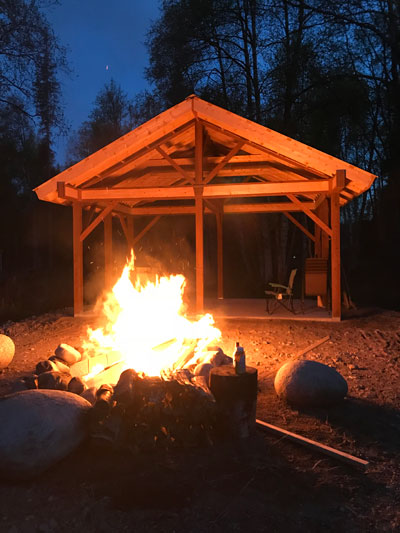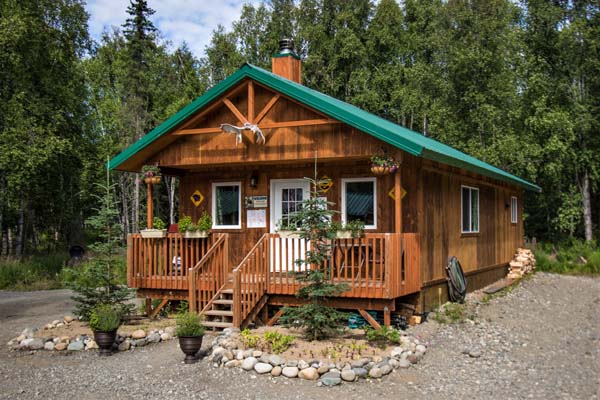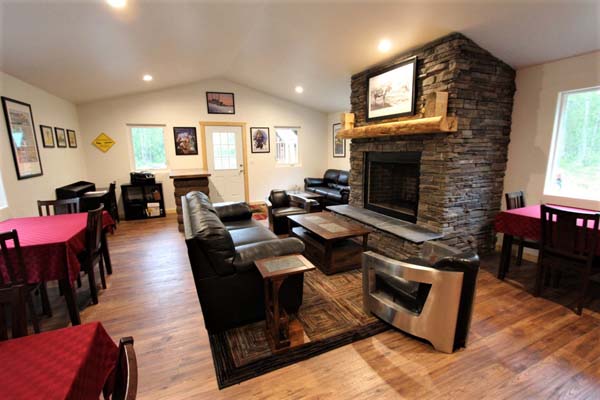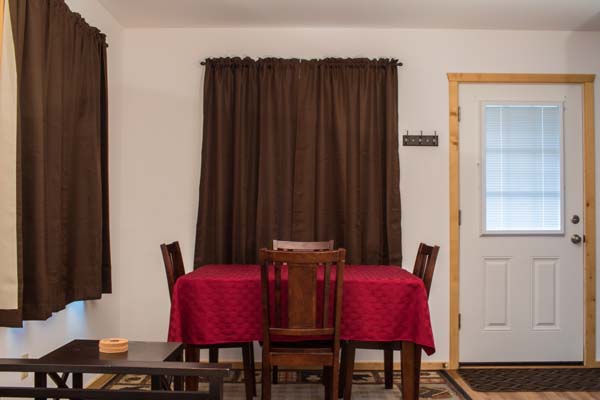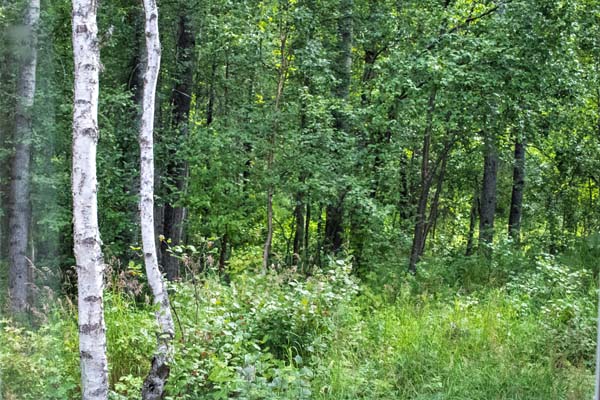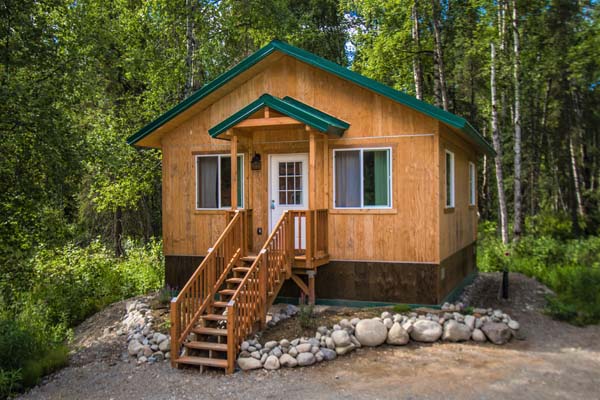Area Activities and Attractions
- Mahay’s Jet Boat adventures – www.mahaysriverboat.com/
- Talkeetna Air Taxi – www.talkeetnaair.com/
- Denali Zipline Tours – denaliziplinetours.com
- Alaska Nature Guides – alaskanatureguides.com
- Talkeetna River Guides – talkeetnariverguides.com
- Denali River Guides – www.denaliriverguides.com
- Sundog Kennel – www.sundogkennel.com
- K2Aviation – www.flyk2.com
- Alaska Bush Float Plane Service – www.alaskafloatplane.com
- Denali View Raft Adventures – www.denaliviewraft.com
- Kahiltna Birchworks – www.alaskabirchsyrup.com
- Denali Brewing Company – denalibrewingcompany.com
Talkeetna helpful websites:
| Talkeetna Chamber of Commerce |
| Talkeetna Historical Society |
| Northern Susitna Institute |
| Denali Arts Council |
Alaska helpful websites:
| If you’ll be heading to Seward as part of your Alaska Vacation check out our friends at Liquid Adventures |
| Alaska Railroad |
| National Parks Service – Denali National Park |
| Alaska Department of Fish and Game |
| Alaska Department of Fish and Game – viewing Tips & Safety |
| Outdoor Safety & Ethics – Bear safety, etc. |
| Alaska Wildlife Safety |
Signs of Alarm
Wildlife Viewing
From Alaska Department of Fish & Game
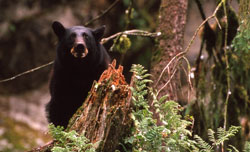
All animals need to avoid predators, eat enough food, and reproduce. In our northern climate, survival can be a delicate balance, and, for many species, even a few disturbances can cause death or failed reproduction. Watch for the following signs that animals may be experiencing stress as a result of your behavior:
-
- A raised head; the animal looks at observers. Mammals may point their ears in the direction of observers or stand up to face them.
-
- Any interruptions of feeding or migratory activities.
-
- Displays of nervous behavior: skittishness, the animal jumps at sounds or movements. Looking directly at an animal may trigger the fright/flight response it naturally has for predators.
-
- Birds repeatedly move away, preen, wipe their bills or peck at dirt or feet. Mammals might attempt to shield a calf or pup from a human intruder.
-
- Animals make alarm calls; birds will repeatedly chirp and chip; mammals vocalize; marine mammals will fin, tail-lob, or breach.
- Displays of aggressive behavior: the animal moves away or lowers its head (mammals will bring ears back in preparation for a charge); erect hairs on neck and shoulder; charges directed at intruders.
Always be patient and be ready to back off so that your disturbance is minimized. Scroll down the following list for more specific information about bears and other carnivores, large mammals, small mammals, marine mammals, coastal birds, wetland birds, forest birds and raptors, fish, intertidal life, and reptiles and amphibians.
Bears and Other Carnivores
-
- need lots of space and clear directions for easy retreat. Stay back, and never corner them.
-
- when startled, might run for an hour uphill, wasting precious energy reserves. Frequent disturbances are harmful.
-
- are especially dangerous when defending their kills or young.
- Can get into trouble because of unsecured food or garbage. Many human-fed nuisance bears end up being killed for safety reasons. “A fed bear is a dead bear”
Large Mammals
-
- such as deer, elk and moose are unpredictable and can be dangerous. Always maintain a safe distance.
-
- need all their energy to survive through the winter. Disturbances can cause death.
-
- are vulnerable during the fall rut because males are under severe stress. Stay clear of their rutting grounds.
- are especially dangerous and highly sensitive to disturbance while looking after their young.

 Exterior-sm.jpg)

-sm.jpg)
-sm.jpg)
 Close Up-sm.jpg)
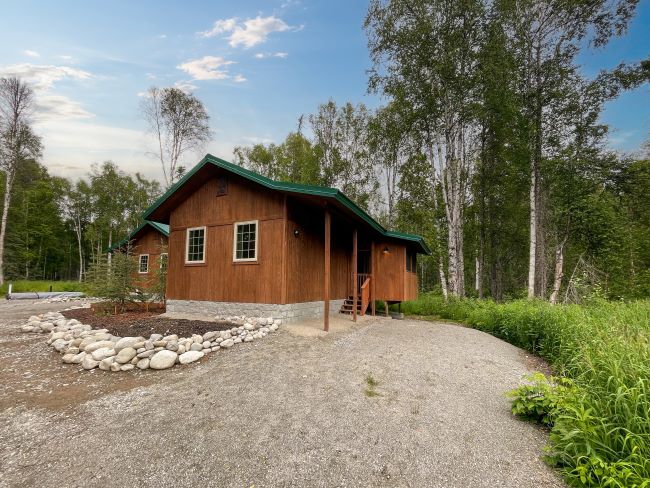
 Screened Porch-xsm.jpg)
-1-2-6-xsm.jpg)
-1-2-6.jpg)
-1-2-6-xsm.jpg)
-1-2-6.jpg)
-1-2-6-xsm.jpg)
1-2-6-xsm.jpg)


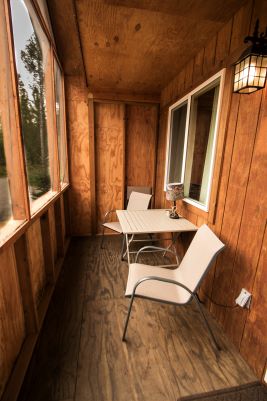
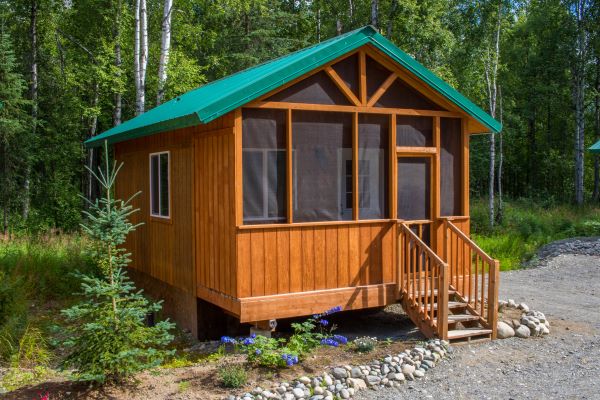





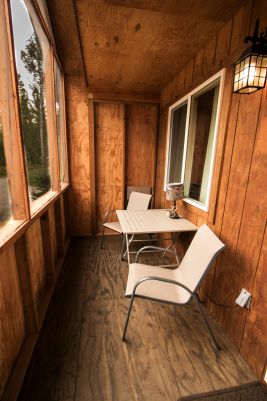




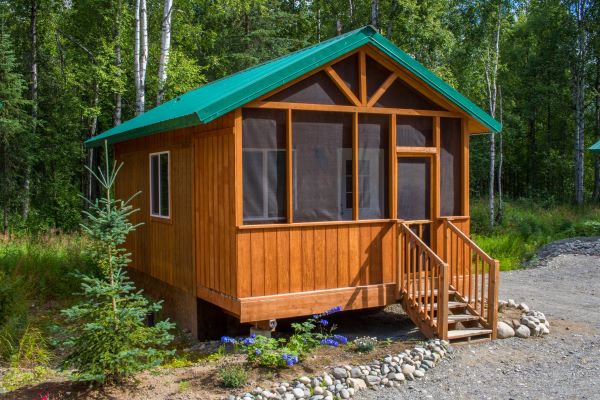
-min.jpg)
-min.jpg)
 King Bed close up-min.jpg)
